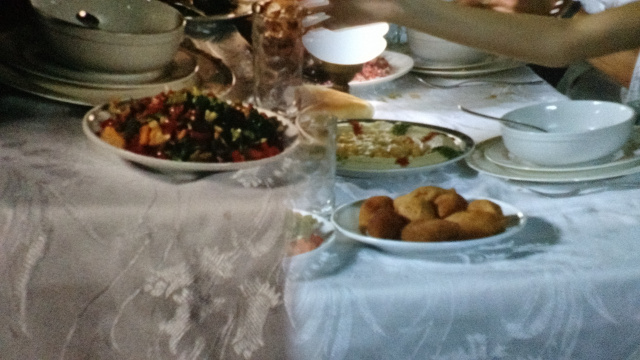That was the headline that enticed me to fly to Toronto and the annual Giant Screen Cinema Association International Conference and Trade Show (GSCA). This event is all about the latest planetarium, IMax and other larger format curved screens – primarily in a dome or partial dome configuration. It attracts content creators, technology suppliers and operators of these theaters to see new content and discuss technology trends.

The session that was held in the Ontario Science Center featured a temporary “True 8K” resolution installation in the existing 15/70 film-based OmniMax 24-meter domed theater. This allowed side-by-side comparisons of this new digital solution vs. the IMax film-based gold standard. Yes, for such large screens, film is still the gold standard and one of the last bastions where this is true. While the technical committee of GSCA is inching theater operators in this direction, it remains a tall order to exceed the quality of film.
In this Display Daily article, I will summarize some of my impressions while a second article ( First “True 8K” 120fps Dome Demo – Extended Version for subscribers) provides more of the details about the set up, content and analysis.
Suffice it to say that dome theaters, like this OmniMax, face several challenges. As HDR and WCG displays become more common, attendees will expect to see the high contrast and brilliant colors of these displays. Creating this in a 24-meter dome is and will continue to be very, very difficult. Yes, such theaters have the advantage of being big and immersive and the demo done at this event showed that resolution can increase to 8K and frame rates to 120 fps – and this will clearly help, but the low contrast has a big impact on overall image quality.
The demo at the Ontario Science Center featured 10 Christie Mirage 30 4K projectors that after blending and warping, created a “true 8K” image meaning 8K x 8K or 8K along any meridian in the dome. Previous 8K domed theaters have used 8 4k projectors that yield an image of about 6.5K x 6.5K. The demo was created by Evans & Sutherland and they worked closely with FotoKem to create the content for the demos.
For the demo, both film and digital projection solutions were shown separately and side-by-side. The IMax projector booth sits in the center of the seating area, but for the digital projection part, six of the Mirage projectors were set up in a booth at the top of the seating area with four mounted in front of the seats on the floor in front of the screen.
The center of screen luminance for the film projector is nominally 3 ftL, but falls off toward the edges. The Evans and Sutherland team tried to match this film luminance but miscalculated a bit and ended up with about 4 ftL. This level was much more uniform over the entire screen due to the use of the 10 projectors and the blending/warping/calibration procedure.
For the main part of the demo, content from the all-film captured “Alaska” was shown along with a scene from a piece called “Jerusalem” which featured a mixture of film and digital captured content. With the help of FotoKem, film and digital masters for each sequence were created. These were then shown first in full-screen film, then full-screen digital and then side-by-side.
In the photos below, the first one of the bear and water shows the brightness difference and a color shift between the two (film on left and digital on right). The second one from the Jerusalem clip shows a nighttime scene and the elevated black level of the digital solution. The third shot shows the loss of black level details in the film solution. The fourth shot shows the difference in the diffuse white.



After looking at the content, here are a few of my observations:
- The digital content was noticeably brighter – much more than you would expect from an increase of 3 to 4 ftL.
- The digital diffuse white was brighter and less warm (yellow) compared to the film diffuse white
- Film projector weave was clearly evident on a static test pattern shown in side by side format. This slight movement of the image on the screen will reduce apparent resolution
- Image resolution looked nearly identical – no pixels were evident even close up (although you could see the screen perfs clearly)
- The film projector’s black level clearly much lower than the digital solution, but the team did not measure either. One participant said he saw crushing of the blacks in the film version as the details were evident in the digital version.
- Colors in the digital version were clearly different and looked brighter and more saturated than the film image. Presumably, FotoKem tried to master them equivalently, but it is unclear what accounted for the difference. One participant commented that he thought the skin tone in the film solution looked better, but that may have been a partial impact of the warmer diffuse whites.
- Noise levels in each solution looked similar. FotoKem removed film grain and digital noise in the mastering process.
- Content captured in 4K and upscaled to 8Kx8K looked a little soft on this giant screen
In conclusion, the progress made with this demo is another important milestone in this journey from film to digital, but it is unclear if the transition to digital will now see rapid uptake. – CC

